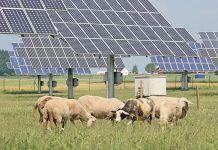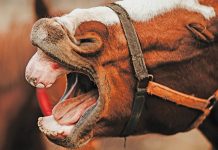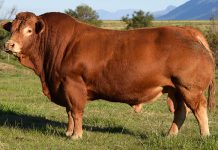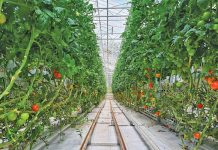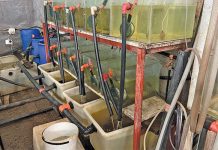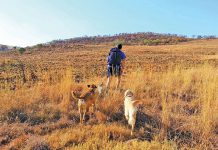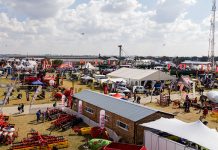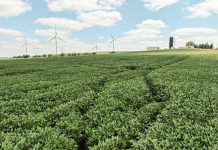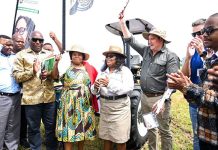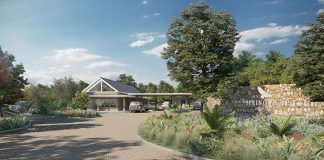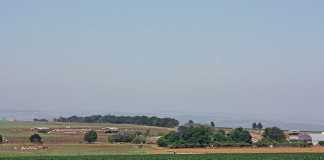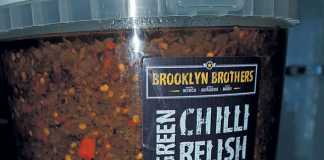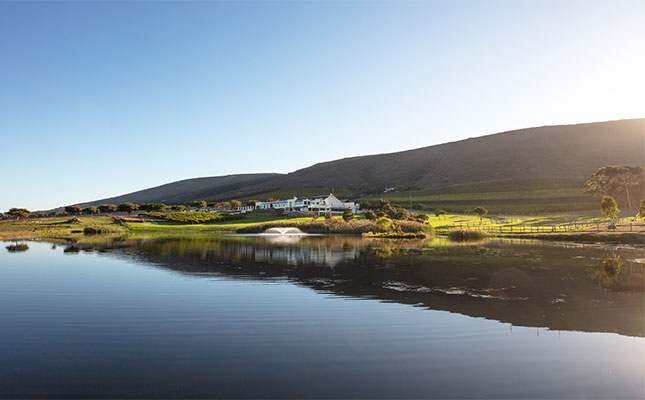
Photo: Supplied
Sir De Villiers Graaff (De Villiers), Fourth Baronet of the Graaff family and De Grendel Wine Estate, is descended from three generations of impressive men: entrepreneurs, farmers, and statesmen – people who significantly shaped the Western Cape and South Africa as a whole.
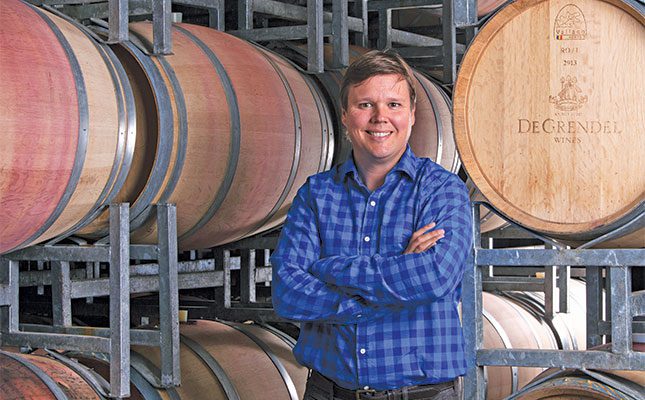
De Grendel has 85,25ha under vines, which is the main production focus. The farm stretches over almost 330ha on the fynbos-covered slopes of Tygerberg Hills in Panorama, Cape Town.
“We can grow vine production to around 100ha, with pastures and grazing covering 150ha. We have 850 head of South African Meat Merino, 120 Angus cattle, and a herd of African goats. Free-range turkeys are a recent addition. We lease our 550 Holsteins to a farmer in Darling.
“De Grendel has protected 120ha of critically endangered Renosterveld. Only about 2% of the Cape Floral Kingdom’s Renosterveld remains. Our solar farm, which provides electricity to the estate, is on 0,5ha,” says De Villiers.
“From vines in production, we harvest a total of 783t from 73,25ha annually, which is almost at the cellar’s maximum capacity. Of this, 562t, or 72%, are processed in the De Grendel Cellar, while 221t (28%) are sold.
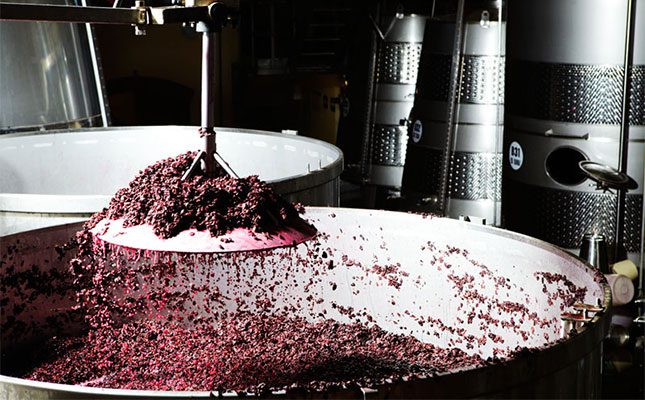
“Average production per productive hectare is 9,5t. Sauvignon Blanc (34,48ha) and Merlot (18,58ha) are the biggest contributors. We also grow Sémillon, “Petit Verdot, Viognier and Cabernet Franc for blending. Chardonnay and Pinot Noir are for Cap Classique, while Shiraz and Pinotage are grown as single varieties.
“All of these are Wines of Origin Cape Town. The cellar buys additional grapes from our family-owned farms in the Koue Bokkeveld (Wine of Origin Ceres Plateau) for our Op Die Berg range. These include Syrah, Chardonnay, and Pinot Noir.
“We buy Sauvignon Blanc from Darling (Wine of Origin Cape West Coast) for our Koetshuis, and we have 12ha of non-bearing vines.”
Family history
De Villiers’s great-grandfather, First Baronet Sir David Pieter de Villiers Graaff (DPDV), came from a large and poor family and sought work as a farmhand at an early age.
De Villiers explains: “The story of my paternal great-great-grandmother, Annie de Villiers, is one of love, rebellion, and legacy. Annie’s father, Pieter Hendrik de Villiers, was a respected local farmer who founded the town of Villiersdorp in 1843. He lived on a farm named Bo Radyn, just outside the town.
It was here that a carpenter named Novbertus Graaff arrived from Cape Town to assist Pieter with some repairs.
“Novbertus, a humble tradesman, met Annie, and it wasn’t long before they fell in love.
Their connection, however, did not sit well with Pieter. In his eyes, Novbertus, a mere labourer, was beneath them. Despite her father’s disapproval, Annie and Novbertus were determined to be together. Once his work was complete, they eloped to Stellenbosch.
“When Pieter discovered this, he was furious. Eventually, he relented, on the condition that ‘De Villiers’ be included in their family name.
“Their union produced nine children, all with the middle name De Villiers. Among them was my great-grandfather [DPDV], the fifth-born child, born in 1859. In 1907, David and his brother donated £100 000 [about R10 million] for the Villiersdorp school to be rebuilt, which was renamed De Villiers Graaff High School.”
An influential family
By the time DPDV was 18, he and his two brothers owned the butchery where they worked and grew Combrinck & Co into Imperial Cold Storage, the largest cold storage business in the Southern Hemisphere.
In 1891, DPDV purchased De Grendel as a drier location to house his Arabian horses, originally stabled at the too-damp Fernwood in Newlands. The following year, Friesian stud cows and a prize bull were imported by sea from the Netherlands to De Grendel.
At the same time, DPDV, as mayor of Cape Town, oversaw the electrification of the city and worked to improve infrastructure, such as Cape Town’s sanitation. The first power station, Graaff Electrical Lighting Works, located in Oranjezicht and a proclaimed national monument, is named after him.
He was also one of the pioneers of the Foreshore development and the Table Mountain Cableway.
During the Anglo-Boer War (1899–1902), DPDV made his fortune thanks to his expertise in cold storage and transport, and his ability to supply meat to the British forces.
De Villiers says that, as a Boer sympathiser, his great-grandfather also sent meat to the Boers in the concentration camps.
The first Holstein-Friesland cattle arrived at De Grendel in 1912. DPDV, an important political figure at the time and South Africa’s high commissioner to England, attended the signing of the Treaty of Versailles, which signalled the end of World War I.
In 1911, DPDV was knighted as a baronet by King George V, becoming Sir David Graaff, First Baronet of De Grendel.
In 1912, at the age of 53, DPDV married Eileen, the daughter of the Reverend JP van Heerden of the Groote Kerk in Cape Town. Three sons were born from the marriage, and the eldest was baptised with the ancestral name De Villiers.
De Villiers says the title and De Grendel baronetcy story help position the wine and estate as a premium brand. But, other than this, he explains, the title carries no financial reward.
The second baronet
In 1931, De Villiers (DV), DPDV’s eldest son, became the second baronet of De Grendel after his father’s death. The following year, his skill as a cricketer saw him playing two first-class matches for what was then called the Western Province.
In 1940, while fighting in the North African campaign of World War II, DV was captured at Tobruk and became a prisoner-of-war in Germany. While there, he noticed Merino sheep which, in 1946, after the war had ended, he brought to De Grendel.
From 1948, DV, as leader of the United Party, opposed the apartheid governments of three prime ministers over a period of 21 years. He remains the longest-serving leader of the opposition in South Africa. The M1 highway in Johannesburg was named the De Villiers Graaff Motorway in his honour.
The third and fourth baronets
While 10 000 grapevines were included in the purchase of De Grendel in 1891, these perished in the phylloxera plague of the 1890s.
But, at the dawn of the new millennium, Third Baronet Sir David De Villiers Graaff (DDV), after retiring from politics where he was an MP and deputy minister of trade and industry, planted 100ha of new vines and shifted De Grendel’s focus to the wine business.
De Villiers, the fourth and present baronet, was born in 1970. He is the eldest of four children of Sir DDV and Lady Sally.
In 2004, David Peter Berkeley De Villiers Graaff (Berkeley), the eldest son of De Villiers and Gaedry Graaff, was born, ensuring that the baronetcy will pass to a fifth generation of Graaffs.
At the same time, a new wine cellar was opened at De Grendel, designed by DDV’s cousin, Linda Graaff. The following year, acclaimed winemaker Charles Hopkins joined De Grendel from Graham Beck.
In 2007, Koetshuis Sauvignon Blanc was released, named after the stables built to first house the Arabian horses. That same year, MCC and Pinot Noir followed.
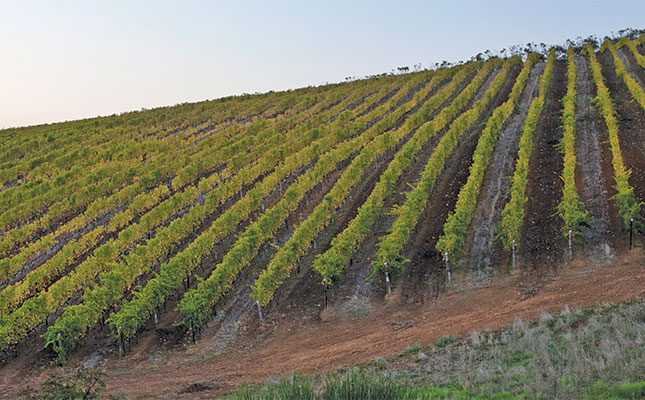
DDV named their flagship wine, The Rubaiyat, after Omar Khayyam’s poems. Each successive vintage features a different quatrain on the label, representing the four varieties of the Bordeaux-style wine.
Before returning to De Grendel in 2011, De Villiers had been farming table grapes at The Pines in De Doorns in the Hex River Valley. That was when he and his family moved into the eight-bedroomed gabled manor house, designed in the style of Herbert Baker. DDV and Lady Sally then moved from the manor house to Tarentaalbos, the other homestead on De Grendel.
In 2012, De Villiers opened The Restaurant at De Grendel, which continues to enjoy an excellent reputation and success today.
“Chester Williams and I were in the navy together and also played rugby together, so I asked him to open the truck that held the first springbok we introduced to De Grendel.
“Other indigenous game on the estate include red hartebeest, bontebok, eland, and duiker,” says De Villiers.
He adds that while they sell live game to other farmers, it is also part of their strategy to bring more people to the estate and offer them experiences such as farm tours and farm picnics.
De Grendel generates its own electricity, recycles all its glass, and composts all organic matter, while alien vegetation is removed and chipped for compost and mulch.
Although they explored a vintage of organic Viognier, they are now following the ‘biological’ route, farming as organically as possible and using herbicides only when absolutely necessary.
“My goal is not to use any herbicides. We are currently experimenting with green mulch on my brother Robert Graaff’s Ceres apple farm, which protects the soil from harsh sun and helps eradicate weeds,” says De Villiers.
Maintaining organic certification carries too high a risk, and the requirements and audits are too onerous, he suggests.
“After 23 years, we are now a mature business. However, it took us 12 years to begin making a profit, and we have continued to be profitable ever since. As a mature business, we can start tweaking and becoming selective about what and to whom we sell. Our production capacity is at its peak. We are fortunate to have the former dairy complex, which we have already begun converting into overflow office and storage space.
“A wedding and conference venue is under discussion, as is the possibility of a hotel. We also need to decide if we’ll build more infrastructure and expand personnel, or leave this to the next generation,” he says.
The next generation
“Berkeley has already worked in the tasting room and joined me on a recent marketing visit to the US. He has completed his degree in international studies with English, history, and politics [as subjects], and this year he will be working in the winery under Hopkins,” says De Villiers.
“Technology will continue to evolve in the agri space. It is something we keep a keen eye on. All the systems in the business run on technology, as do many agricultural practices. The use of drones in precision agriculture is important.
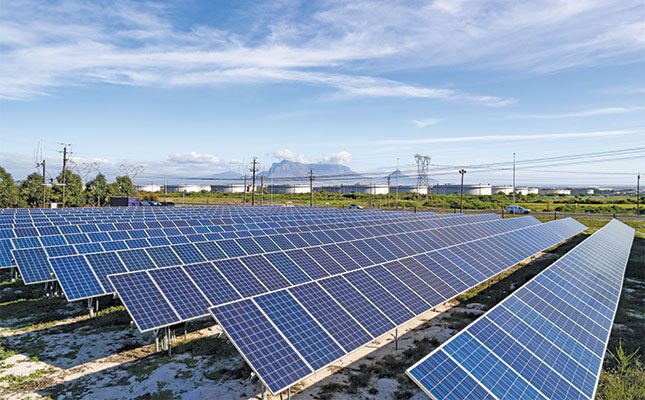
“We have a huge diversity of soil types, and in the same vineyard, we may have three or four types of soil that require different farming approaches. With drone technology, we can determine the best practices,” he adds.
De Grendel wines
Fifteen of De Grendel’s wines have received Platter’s Guide Five Star ratings, with their 2017 Elim Shiraz being the first. Elim Shiraz continued to gain five stars in the four ensuing years. Rubaiyat received five stars with 95 points for its 2018 and 2020 vintages, while Amandelboord Pinotage was similarly rated for its 2020 and 2023 vintages.
De Grendel’s most acclaimed whites, Koetshuis Sauvignon Blanc and Op Die Berg Chardonnay, both received five stars and 95 points for their 2019 vintages.
Three De Grendel wines have earned 96 points in the Platter’s Guide: their Sir David Graaff for its 2016 and 2017 vintages, Op die Berg Syrah for 2019 and 2021, and the Elim Shiraz 2018 vintage. To date, the highest number of points, 97, was awarded to Elim Shiraz 2019.
Future-proofing
“The question of land restitution is something we are all aware of, and equitable land ownership is important. White commercial farmers have a duty to be involved in land restitution. We need to work on the correct model of land reform and focus on implementing best practices.
“I’d like to see more successful black commercial farmers rather than subsistence farmers. That’s the ultimate dream. Government can act as a facilitator, but other commercial farmers need to be involved. We need to copy what Rugby SA did for the Springboks,” says De Villiers.
“If you don’t have ownership rights, you aren’t going to get credit from the bank. Farmers need private ownership as the number one requirement, and the government needs to provide credit facilities. Successful commercial farmers must support emerging farmers.
“Managing expectations is important. Farming is a long-term business, and the risks, like acts of God, need to be communicated. Whether climate change is a result of global warming or an extended climatic cycle is irrelevant. Now we see more flooding, extreme heat, hail, drought, and other environmental forces than before. We must mitigate these risks by, for example, planting high-value crops under nets,” he adds.
Today’s decisions will impact tomorrow’s outcomes. Despite the weight of expectation to match or better the successes of his forebears, De Villiers has been at the helm for 13 years, 12 of which have been profitable. There is every likelihood his firm focus will see the farm succeed in the ensuing years, too.
Visit degrendel.co.za, email [email protected], or phone 021 558 6280.

